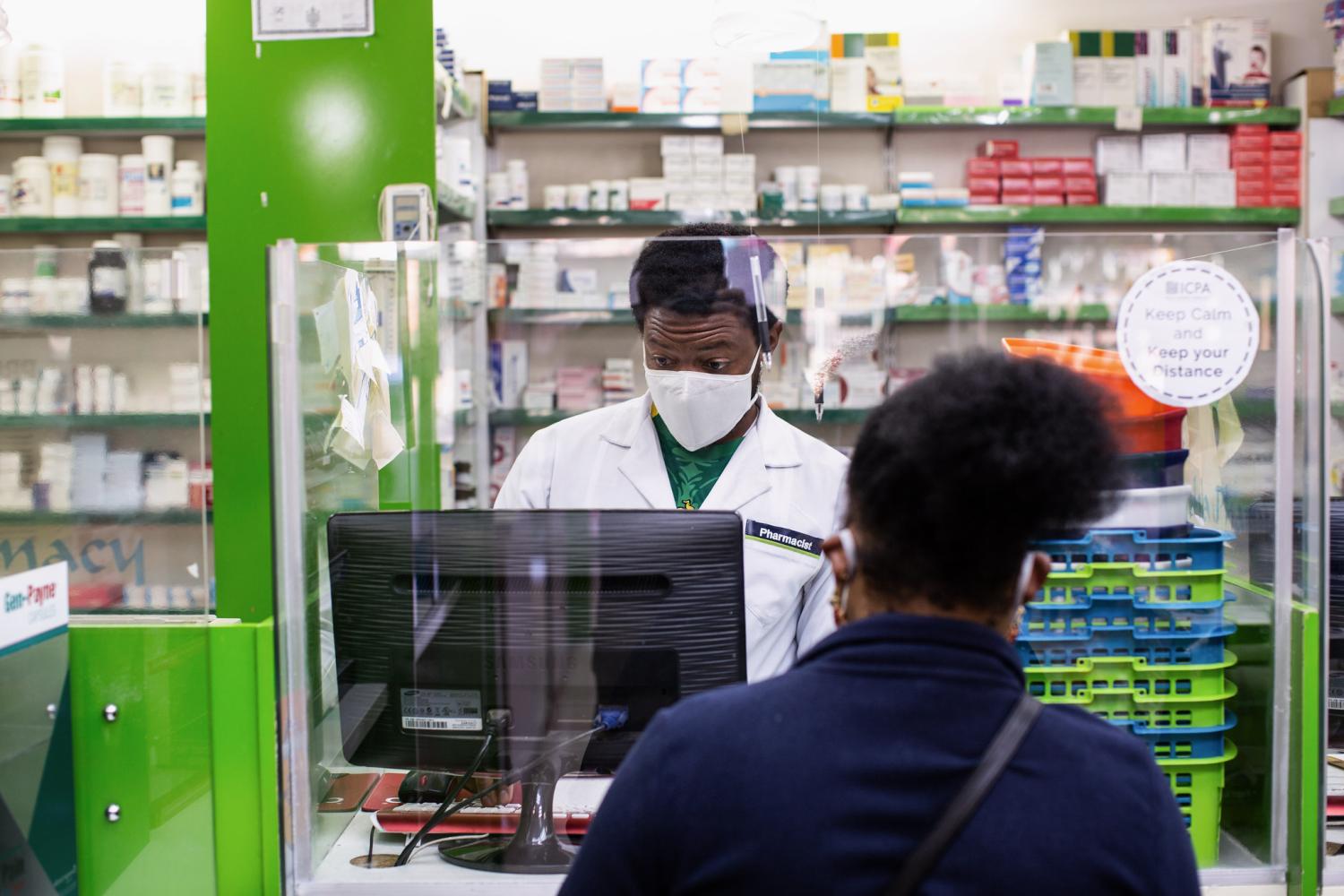More than a decade after the idea for the African Medicines Agency (AMA) was broached at the 60th session for the World Health Organization Regional Committee for Africa, the agency will officially begin operating Nov 5 under the African Union (AU). Instead of acting as a stand-alone regulatory body, it will coordinate national and regional regulatory efforts, support local manufacturing and pharmacy, and act against substandard and falsified medicines.
As Karim Bendhaou, MD, MBA, chair of the International Federation of Pharmaceutical Manufacturers & Association's Africa Engagement Committee, told Pink Sheet in December of 2020, "The AMA will have a distinct position to leverage various regulatory assets and capabilities to improve access to safe medicines."
Three years to ratification
African leaders endorsed the AMA treaty in May 2018 and needed 15 countries to sign, ratify, and deposit their instrument of ratification to begin. Cameroon was the last requisite country, joining Algeria, Benin, Burkina Faso, Gabon, Ghana, Guinea, Mali, Mauritius, Namibia, Niger, Rwanda, Seychelles, Sierra Leone, and Zimbabwe on Oct 7.
The process has been slower than proponents of the agency would have liked, with Paul Tanui, senior program officer at the AU Agency – New Partnership for Africa's Development Agency (AUDA–NEPAD), telling Pink Sheet in December 2020 that it was due to a lack of political will and understanding around the agency. Member states' concerns have included uncertainties around costs and implications and worries about how the agency will work with national regulators.
Faiz Kermani, PhD, board member of the World Medical Fund, told CIDRAP News that the latter concern was pretty inevitable.
"The AMA model will be something new in the region and so hesitation is surely only natural," he says, adding that the AMA's regional challenges will be different than ones facing similar programs in Europe, Asia, and Latin America. "Smaller countries don't really want to get bossed around or don't want to feel like they don't have a say."
Kermani's interests include global clinical trials, healthcare inequalities, and neglected diseases, but he has also written on the European Medicines Agency's (EMA's) evolution as well as the challenges the Southern African Development Community (SADC) faced back in 2005, such as a shortage of skilled staff, poor logistics, and inconsistent internet.
Reflecting on the EMA's approach to harmonizing, he adds, "What people often misunderstand is that, unlike the centralized [US Food and Drug Administration], the EMA is actually a networking organisation and its activities depend on experts drawn from across European countries that are members of the European Union. In this regard, the EMA model has not held back harmonization in Europe. Each European Union country still has its own national regulatory body, and they cooperate as needed within the EMA network."
Familiarity with regional harmonization
Prior to the AMA, Africa has seen several regional harmonization efforts. One of the more well known is AUDA–NEPAD's African Medicines Regulatory Harmonization (AMRH) initiative, which includes 11 regional centers for regulatory excellence as well as the African Vaccines Regulatory Forum, which helped expedite vaccines for meningitis, malaria, and Ebola.
The 14-country SADC is another effort, but some of its members have coalesced into more active groups: Zambia, Zimbabwe, Botswana, and Namibia joined together in 2013 to become the aptly named ZaZiBoNa group, and in May 2020, the Tanzania Medicines and Medical Devices Authority began covering and including the Democratic Republic of the Congo, Malawi, Mozambique, and South Africa.
While some evaluation of these smaller collaborations has occurred (like this 2020 assessment of ZaZiBoNa), a direct test of the regional harmonization concept in 2017 showed its potential benefits. The AMRH looked at drug regulatory approval in five East African countries in 2015 and 2016 and found that the median timeline from dossier submission to national marketing authorization reduced by 40% to 60%. In other words, a process that normally took 1 to 2 years with separate national applications now took about 7 months.
Again, though, the AMA's effectiveness will go back to intra-continent relationships and communication.
"You have to make sure that through harmonization of technical requirements and regulatory standards you build trust," Margareth Ndomondo-Sigonda, PhD, AMRH coordinator, told Pink Sheet in June. The AMRH hadn't reached the point of mutual recognition in 5 years, she said. "So we are hopeful that once the AMA comes into force, it will be able to really take on those elements that are still remaining under the AMRH initiative to ensure that we get mutual recognition in the future."
Kermani can already envision a few of the AMA's benefits—including the simple convenience of having a communication mechanism in place when one country wants to talk to another country about medicine. More broadly, though, he hopes that the AMA's will help make medicines available sooner in all of Africa, including the remote villages of Malawi that the World Medical Fund helps bring healthcare to.
"I think it's efficiency and making sure that the medicine on the market is available to everyone at the same time. You don't want someone waiting 6 months for medicine that's available elsewhere. Say someone has cancer; that can be terminal," he says.





















